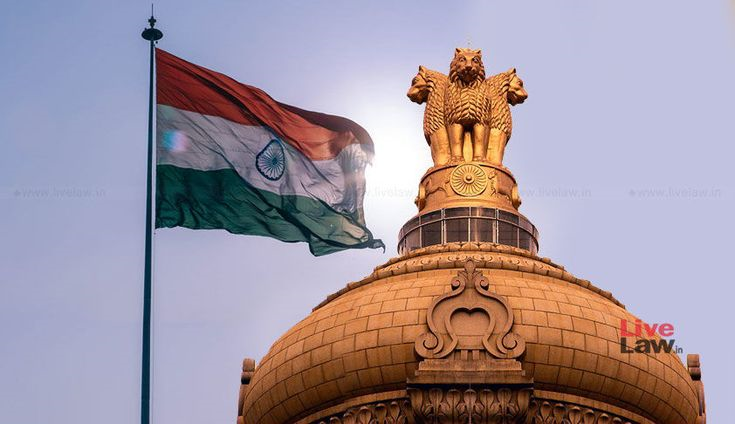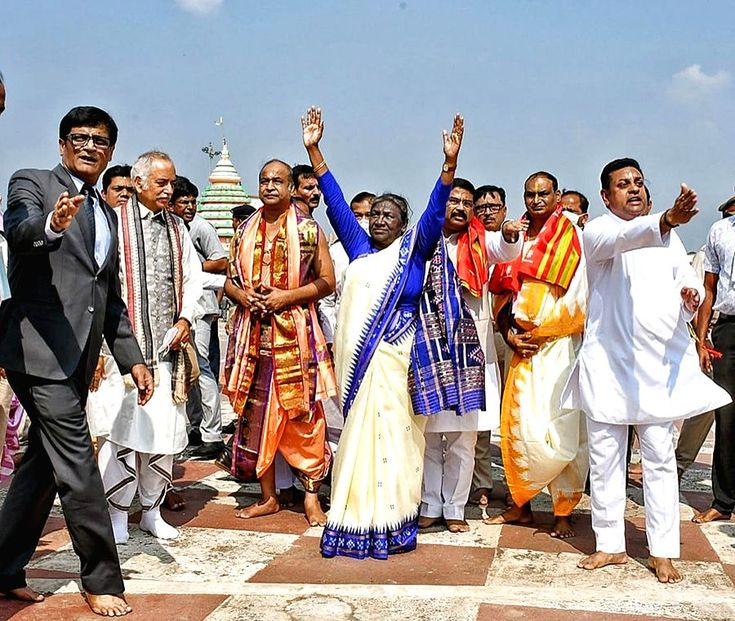Understanding the Various Jurisdictions Exercised by the Supreme Court of India
The Supreme Court of India is the highest judicial authority in the country and acts as the guardian of the Constitution. Established under Article 124, the Supreme Court ensures justice, constitutional supremacy, and protection of fundamental rights. The Court operates as the final interpreter of law and maintains the balance of power between the Union and the States. To effectively perform these roles, the Constitution grants the Supreme Court several forms of jurisdiction. These include Original Jurisdiction, Appellate Jurisdiction, Advisory Jurisdiction, Writ Jurisdiction, Review Jurisdiction, and Curative Jurisdiction. Each jurisdiction has unique functions and significance, reflecting the Court’s role as the ultimate protector of democracy and constitutional governance.
Original Jurisdiction
The Original Jurisdiction of the Supreme Court is provided under Article 131 of the Constitution. Under this jurisdiction, the Court has the authority to hear disputes directly, meaning such cases do not need to come through lower courts first. This jurisdiction primarily applies to federal disputes, especially conflicts involving:
- The Government of India and one or more States
- A State and another State
For example, disputes regarding sharing of river waters, territorial disagreements, and enforcement of rights between States fall under this category. The purpose of this jurisdiction is to preserve the federal nature of the Constitution by providing a neutral and authoritative platform for resolving inter-governmental disputes.
Appellate Jurisdiction
The Appellate Jurisdiction, provided under Articles 132 to 136, empowers the Supreme Court to hear appeals against judgments passed by High Courts and other subordinate courts. This jurisdiction covers:
- Civil Appeals – When a substantial question of law is involved.
- Criminal Appeals – When the High Court has reversed a lower court’s judgment or awarded the death penalty.
- Special Leave Petitions (SLP) under Article 136 – The Supreme Court may grant special permission to appeal against any judgment from any court or tribunal in India.
Through this jurisdiction, the Supreme Court ensures uniformity in law, settles legal conflicts, and corrects judicial errors. The flexibility of Article 136 makes the Supreme Court a powerful protector of public interest and justice.
Writ Jurisdiction
The Supreme Court’s Writ Jurisdiction is guaranteed under Article 32, also known as the “Heart and Soul of the Constitution” as described by Dr. B.R. Ambedkar. This jurisdiction allows individuals to approach the Supreme Court directly when their Fundamental Rights are violated.
The Supreme Court can issue five types of writs:
- Habeas Corpus (produce the detained person)
- Mandamus (command a public officer to perform duty)
- Prohibition (prevent a lower court from acting beyond authority)
- Certiorari (transfer a case to review legality)
- Quo-Warranto (challenge authority of someone holding public office)
This jurisdiction safeguards individual liberty, human dignity, and rule of law.
Advisory Jurisdiction
Under Article 143, the President of India may seek the Supreme Court’s opinion on:
- Any issue of public importance
- Any question of law
The advice of the Supreme Court is not binding, but it holds significant moral authority. This provision strengthens cooperation between the Executive and Judiciary and helps ensure constitutional clarity on sensitive issues.
Review Jurisdiction
Under Article 137, the Supreme Court has the power to review its own judgments. This is necessary because even the final court of appeal may commit errors. Review is permitted only when:
- There is a mistake apparent on the face of the record
- New evidence has come to light
- A grave injustice needs correction
Review jurisdiction ensures fairness and prevents miscarriage of justice.
Curative Jurisdiction
The Curative Jurisdiction, evolved from judicial innovation in the Rupa Ashok Hurra v. Ashok Hurra (2002) case, allows the Court to reconsider a final judgment even after review petitions are dismissed. This jurisdiction is used sparingly, only in exceptional circumstances where failure to correct the judgment would result in gross injustice. It is the last remedy available in the Indian judicial system.
Real-Life Example
A well-known example of the Supreme Court exercising multiple jurisdictions is the Ayodhya Ram Janmabhoomi Case (2019). The matter began in lower courts as a title dispute, later reached the Supreme Court through Appellate Jurisdiction, and involved constitutional interpretation. The Supreme Court analyzed historical evidence, legal claims, and constitutional principles before delivering a landmark verdict ensuring justice while maintaining public order.
Significance of the Supreme Court’s Jurisdiction
The wide range of jurisdictions vested in the Supreme Court ensures:
- Protection of Fundamental Rights
- Maintenance of Federal Balance
- Uniformity in Law Interpretation
- Justice and Rule of Law
The Supreme Court thus plays a decisive role in sustaining democracy, preventing governmental overreach, and upholding the Constitution as the supreme law of the land.
Mnemonic to Remember the Jurisdictions of the Supreme Court
Use the mnemonic: “O W A R C C”
O – Original Jurisdiction
W – Writ Jurisdiction
A – Appellate Jurisdiction
R – Review Jurisdiction
C – Curative Jurisdiction
C – Consultative/Advisory Jurisdiction
Sentence to remember:
“Original Writ Appeals Review Curate and Consult”
About lawgnan
Gain a clear understanding of the Various Jurisdictions of the Supreme Court of India—the ultimate guardian of justice and the Constitution. Learn how the Court exercises original, appellate, writ, advisory, review, and curative powers to uphold rights, resolve disputes, and ensure federal balance. Explore key cases such as Rupa Ashok Hurra and Ayodhya Ram Janmabhoomi, which highlight the Court’s constitutional authority. Perfect for law students, UPSC aspirants, and judiciary exam preparation. Visit Lawgnan.in today to study simplified legal notes, constitutional explanations, and mnemonics that make Indian judicial concepts easy to master.




